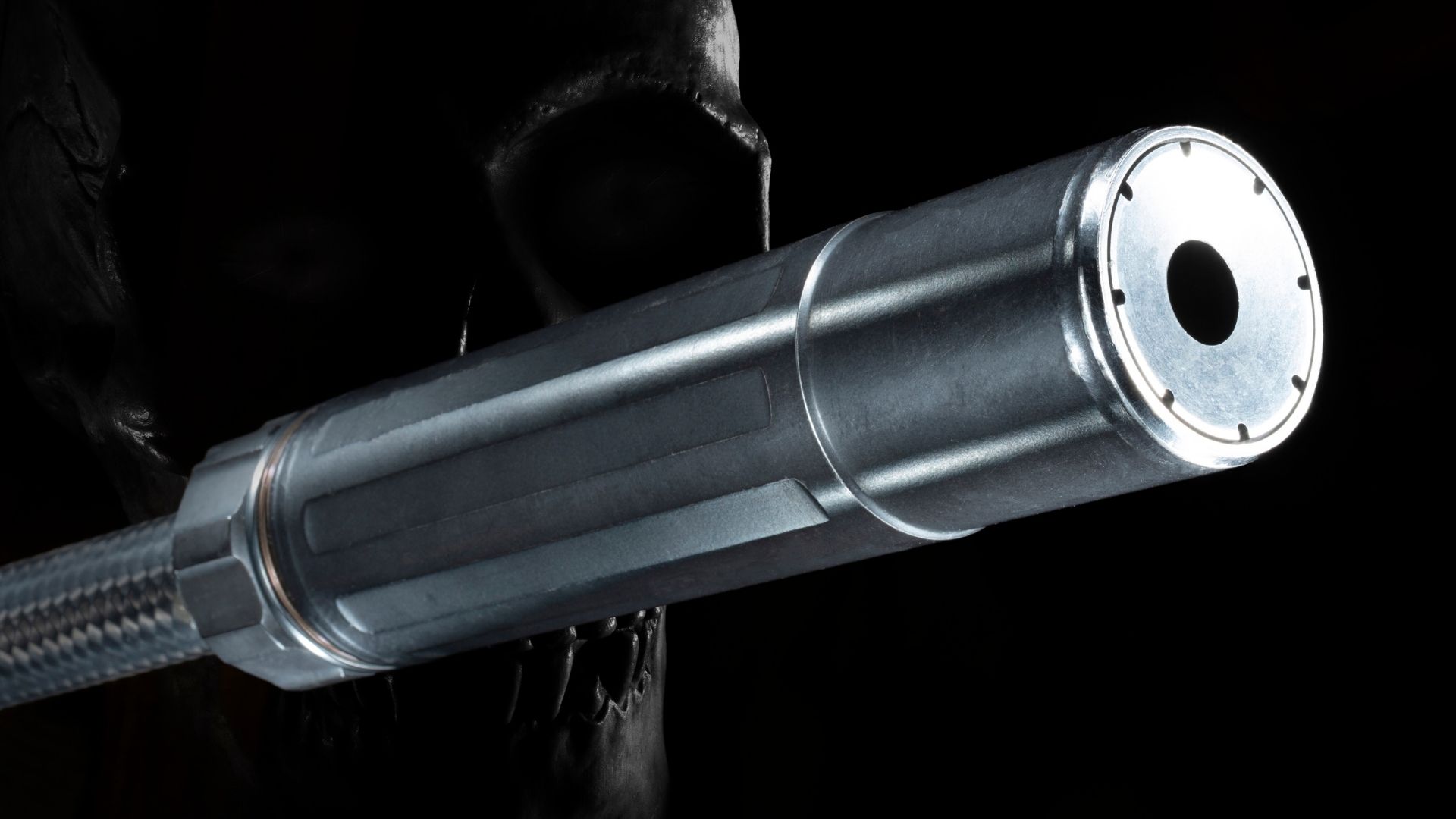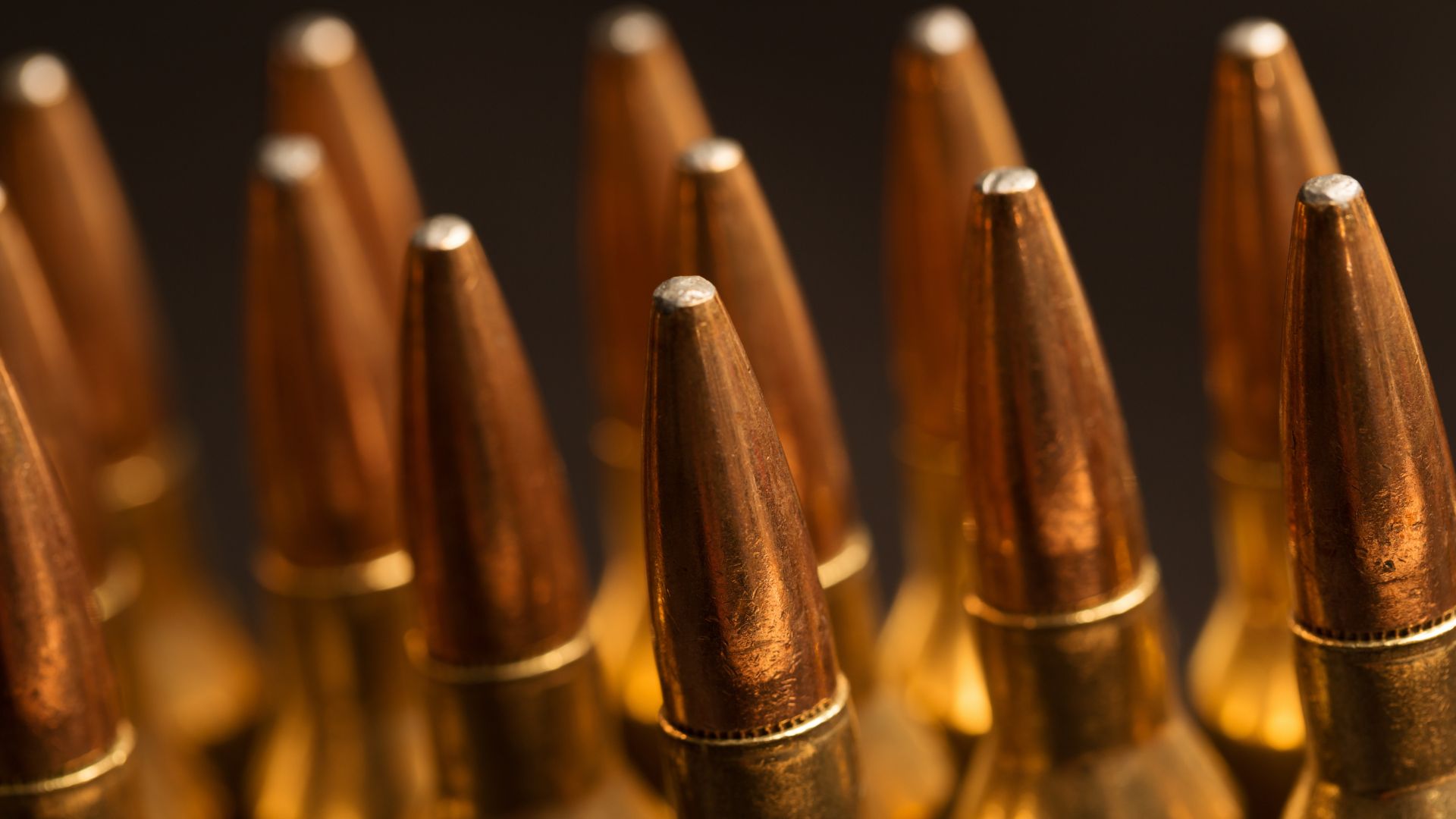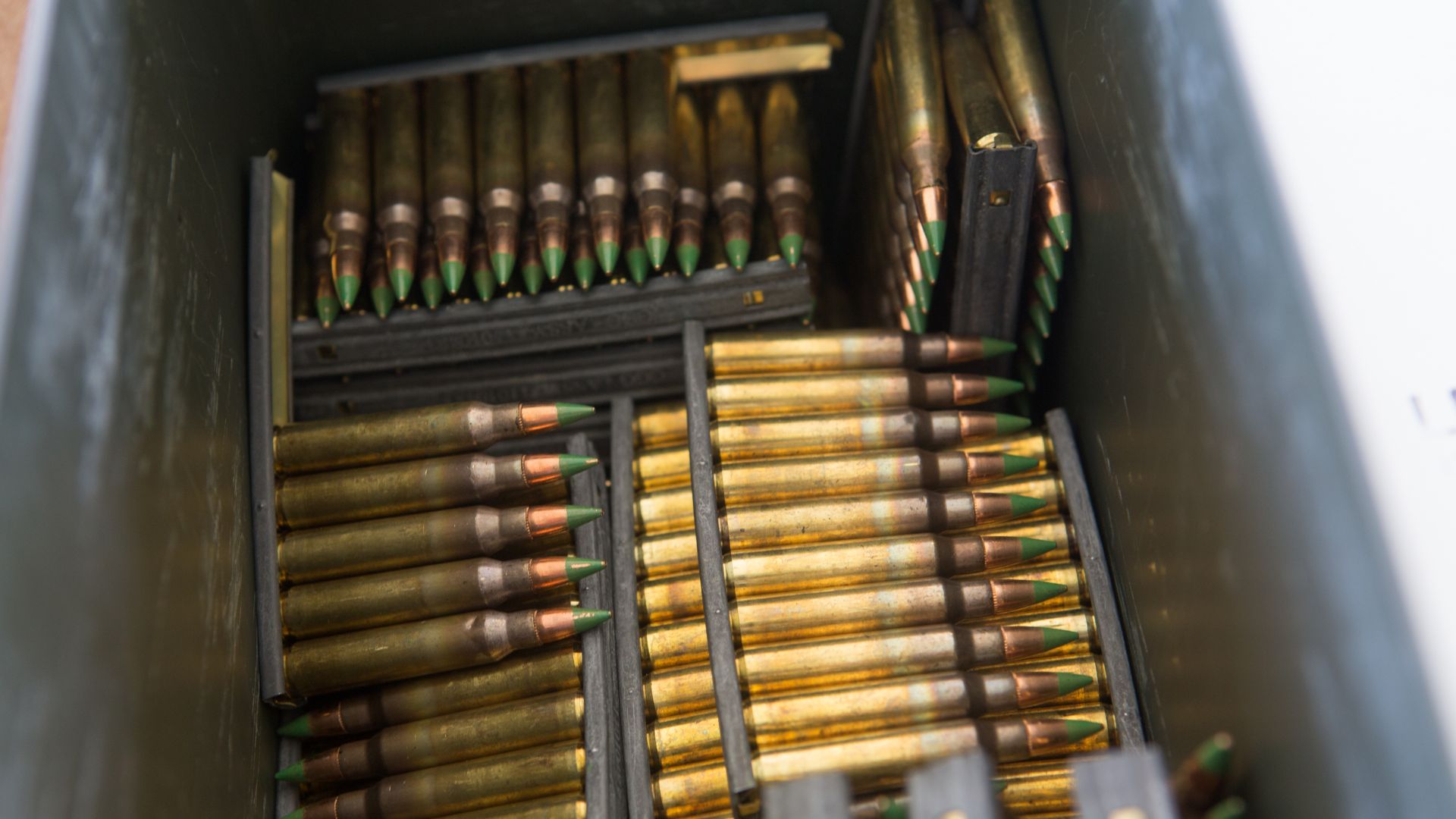
The U.S. House of Representatives achieved a landmark victory for Second Amendment advocates yesterday by passing H.R.1, the “One Big Beautiful Bill Act,” which includes Section 2 of the Hearing Protection Act, effectively removing suppressors from the National Firearms Act (NFA). This historic legislative development promises to transform the suppressor market, eliminate burdensome federal regulations, and significantly impact both gun owners and Federal Firearms License (FFL) dealers across the nation.
What the Hearing Protection Act Changes
Eliminating the NFA Tax Stamp Requirement
The most significant change involves removing the $200 federal excise tax currently required for suppressor purchases under the National Firearms Act. This tax, which has remained unchanged since 1934, represents a substantial barrier for many consumers considering suppressor ownership. The legislation would replace the current cumbersome federal transfer process with an instantaneous National Instant Criminal Background Check System (NICS) background check, making suppressor purchases equivalent to buying a rifle or shotgun.
Under the new framework, suppressors would be treated like traditional firearms under the Gun Control Act of 1968 rather than NFA items. This means federally licensed firearms retailers would still maintain detailed sales records subject to ATF audit and conduct FBI background checks on all purchases, ensuring continued oversight while dramatically streamlining the process.
Streamlined Purchase Process
Currently, purchasing a suppressor requires completing ATF Form 4, submitting fingerprint cards, providing passport-style photographs, paying the $200 tax stamp, and waiting months for approval. The Hearing Protection Act would eliminate this lengthy process, allowing customers to walk out with their suppressor the same day after passing a standard background check.
Massive Market Growth Already Underway
Record-Breaking Sales Numbers
The suppressor industry has experienced unprecedented growth even under current regulations. In 2024, suppressor sales increased by an extraordinary 80.2% year-over-year, with revenue rising 87.2%. Between May 2021 and July 2024, Americans purchased nearly 2.2 million suppressors, bringing the total number of registered suppressors to approximately 4.86 million.
This growth occurred despite the current regulatory burden, suggesting that passage of the Hearing Protection Act could trigger an even more dramatic surge in demand. Industry data shows that suppressor unit sales in 2024 were 264% higher than in 2019, reflecting explosive long-term demand driven by favorable regulatory changes and improved processing times for NFA applications.
Supply Chain Challenges
The rapid growth in demand has created inventory challenges for retailers. End-of-year inventory levels for suppressors remain critically low despite the surge in sales, with inventory down 34.7% year-over-year. This supply-demand imbalance underscores the rapid pace at which suppressors are moving off shelves and suggests strong potential for continued growth once regulatory barriers are removed.
Implications for Gun Owners
Health and Safety Benefits
The legislation addresses a genuine public health concern. According to the National Institute for Occupational Safety and Health (NIOSH), any exposure to noise over 140 decibels causes immediate and irreparable noise-induced hearing loss. Unsuppressed handguns and rifles generally create a muzzle report well above this threshold, making suppressors an important safety device for hunters and recreational shooters.
Senator Mike Crapo, who led the legislation in the Senate, emphasized that “Federal red tape continues to follow the false Hollywood narrative that suppressors are silent, and ignores the reality that they serve a genuine purpose in protecting the hearing of law-abiding American citizens exercising their Second Amendment rights”.
Cost Savings and Accessibility
The elimination of the $200 tax stamp represents immediate savings for consumers, but the true value lies in the streamlined process. Currently, many potential buyers are deterred by the lengthy wait times and bureaucratic complexity. The Hearing Protection Act would make suppressors as accessible as any other firearm accessory, potentially opening the market to millions of new customers who were previously discouraged by the NFA process.
Impact on Federal Firearms License Dealers
New Revenue Opportunities
FFL dealers who obtain Special Occupational Tax (SOT) licenses to sell NFA items have already seen significant revenue opportunities from suppressor sales. The Hearing Protection Act passage could dramatically expand this market by removing barriers that currently limit customer participation.
Many dealers are already investing in infrastructure to support increased suppressor sales. Some are considering Silencer Shop kiosks and other tools to streamline the customer experience. With the simplified process under the new legislation, dealers could see substantial increases in suppressor volume without the current administrative burden of NFA transfers.
Inventory and Product Selection Considerations
Successful suppressor retailers recommend stocking a variety of popular categories, including rimfire, handgun, rifle, and crossover suppressors that accommodate multiple calibers. Rimfire suppressors represent the largest selling category due to their entry-level price point and versatility. The expanded market created by the Hearing Protection Act would likely increase demand across all categories.
Dealers should also consider that ATF-regulated items typically carry higher-than-average margins, and most purchases are based on ordered inventory. The removal of NFA restrictions could maintain these favorable margins while dramatically increasing sales volume.
Consumer Demand Projections
Market Expansion Potential
The current suppressor market represents only a fraction of potential demand. With approximately 4.86 million suppressors currently registered among America’s estimated 100+ million gun owners, market penetration remains relatively low. The Hearing Protection Act could unlock demand from the vast majority of gun owners who have been deterred by current regulations.
Industry observers note that experienced suppressor customers typically own multiple units once they experience the benefits. This suggests that the initial surge following passage could be sustained as new customers become repeat buyers across different firearm platforms.
Price and Competition Dynamics
The elimination of the $200 tax stamp effectively reduces the total cost of suppressor ownership by that amount. Combined with increased competition from the growing number of manufacturers entering the market, consumers may benefit from both regulatory savings and competitive pricing pressure.
The industry has already seen prices decline while selection has expanded dramatically, with hundreds of models now available from numerous manufacturers. The Hearing Protection Act could accelerate these trends by increasing market size and encouraging further innovation.
Legislative Path Forward
Senate Consideration
While the House passage represents a major milestone, the legislation must still pass the Senate to become law. Senator Mike Crapo reintroduced the Senate version (S. 364) in February 2025 with 28 co-sponsors, indicating strong Republican support1. The National Rifle Association Institute for Legislative Action has praised the House passage and urged swift Senate action.
Industry and Advocacy Support
The legislation enjoys broad support from industry organizations and Second Amendment advocacy groups. The National Shooting Sports Foundation has long supported the Hearing Protection Act as a common-sense reform that would enhance both safety and constitutional rights. Major suppressor manufacturers and retailers have also endorsed the legislation as beneficial for both consumers and the industry.
Conclusion
The House passage of the Hearing Protection Act represents a watershed moment for the suppressor industry and Second Amendment rights. By removing suppressors from the National Firearms Act and eliminating the $200 tax stamp requirement, this legislation could transform a niche market into a mainstream accessory category.
For gun owners, the changes promise improved hearing protection, reduced costs, and eliminated bureaucratic delays. For FFL dealers, the legislation offers significant new revenue opportunities and the potential to serve a much broader customer base. The suppressor industry, already experiencing record growth under current regulations, appears positioned for explosive expansion if the Senate follows the House’s lead.
Given the existing momentum in suppressor sales and the substantial barriers that current regulations create, passage of the Hearing Protection Act could trigger one of the most significant expansions in firearms accessory adoption in modern history. Both consumers and industry stakeholders should prepare for a dramatically transformed market landscape if this landmark legislation becomes law.


